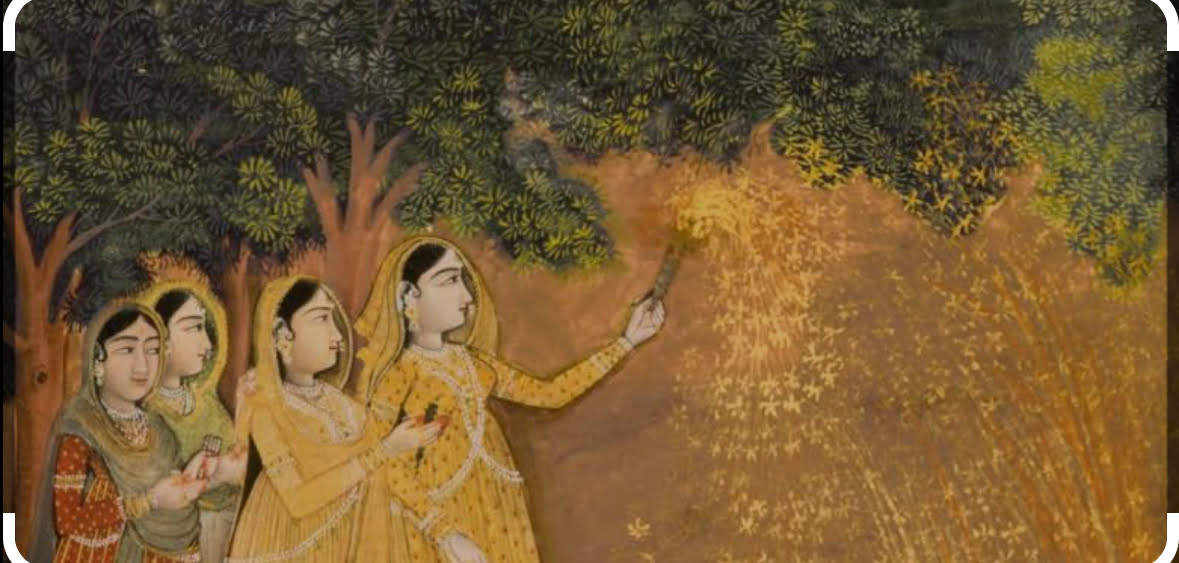
Reading Time: 3 minutes
Firecrackers: Origin from Ancient India & Purposeful use in Indian Culture & Diwali 2023. The origins of firecrackers spark a fascinating debate, challenging the commonly held belief that they are a Chinese invention. Evidence suggests that, long before the Chinese pioneered gunpowder, India was already well-acquainted with its composition. References in ancient Indian texts, such as the “Arthasastra” by Chanakya and “Sukra Niti” (teachings of Sukra Charya), point to the early use of gunpowder.
Historical accounts further assert that Arabs learned the art of gunpowder manufacture from India. Prior to their Indian connection, they reportedly employed naptha arrows. The contention arises that, despite Persia’s abundance of saltpetre, the true birthplace of gunpowder was India (Fire-Arms in Ancient India – By Jogesh Chandra Ray I.H.Q. viii. p. 586-88).
Gustav Oppert’s work, “Political Maxims of the Ancient Hindus,” reinforces this perspective, stating that ancient India was the original home of gunpowder and fire-arms (Hindu Culture and The Modern Age – By Dewan Bahadur K.S. Ramaswami Shastri – Annamalai University 1956 p. 127).
Gunpowder Composition and Cultural Integration:
Gunpowder, the primary constituent of fireworks, comprises Saltpetre (Potassium Nitrate), Sulfur, and Charcoal. While Sulfur and Charcoal serve as combustion prolongers, Saltpetre is the key ingredient lending the characteristic purple flame. This distinctive feature makes fireworks valuable not only for military applications but also for celebratory and aesthetic purposes.
Chinese texts from the 7th century acknowledge that Indians were familiar with Saltpetre and its use for producing purple flames, suggesting its application for aesthetic purposes, aside from military (http://guruprasad.net/posts/fireworks-part-indian-culture/).
Flawed Notions: Challenging the Chinese Origin Theory:
The widely accepted notion that firecrackers were invented by the Chinese may be flawed. Evidence indicates that firecrackers might have been in use in ancient India long before the Chinese innovations in the 9th – 10th centuries, introducing different forms like sparklers, light fountains, and rockets.
Exploring Unique Traditions:
Now, let’s unravel some lesser-known facts about how and why our forefathers used firecrackers and delve into unique traditions that have been passed down through generations. These insights shed light on the cultural significance and multifaceted history of firecrackers in India.
Purpose of Firecrackers in Ancient India
Delving into the roots of Diwali traditions reveals a profound connection between the use of firecrackers and the agricultural practices of ancient India. Diwali, celebrating the return of Bhagwan Ram and Devi Maa Sita to Ayodhya, also marks the advent of the AUTUMN season. Our forefathers were deeply attuned to the environmental changes accompanying each new season.
In an agrarian society where rice stands as the staple food, the autumn months witness a significant rise in the population of the ‘tiny leafhopper,’ a notorious insect in the cicadellidae family. Feeding on plant sap, these insects act as vectors for plant-infecting viruses and bacteria. Some species of leafhoppers and planthoppers pose a serious threat to rice crops worldwide, causing extensive damage and reducing yields.
These pests, if left uncontrolled, not only harm the crops but also have the potential to spread diseases to humans, cattle, and plants. The urgency of addressing this agricultural challenge led our forefathers to adopt an immediate and cost-effective solution in ancient times.
Sulphur, known as Gandhak in Hindi/Sanskrit, emerged as a potent weapon against these pests. Modern research supports the efficacy of Sulphur treatment in controlling insects not only in rice or paddy crops but also in grapes and potato crops.
Firecrackers of ancient times contained Sulphur, making them an ingenious means to combat these pests indirectly. During Diwali, our ancestors would burst crackers, releasing Sulphur gas into the atmosphere as a natural treatment for pests. This practice was not only cost-effective but also swift, covering vast areas of the country where people would engage in bursting crackers and lighting small oil lamps during Diwali days.
Additionally, castor oil lamps, known for their purifying properties, were often lit, contributing to an environment cleansed harmlessly. The use of firecrackers during Diwali, therefore, takes on a deeper significance as an ancient agricultural practice, demonstrating the profound wisdom of our forefathers in maintaining the delicate balance between nature and human activities.

1 Comment
Good article. I definitely appreciate this site. Thanks!